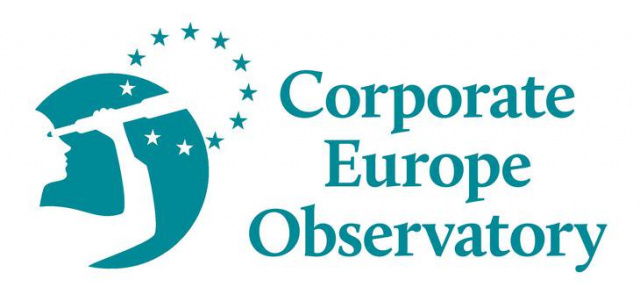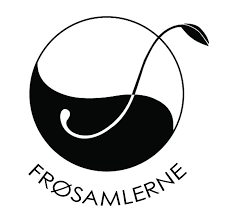Summary
 Research from No Patents on Seeds! shows that in 2024 the European Patent Office (EPO) has granted a record number of patents on classical plant breeding. More than 40 patents can be identified that concern food plants not obtained from genetic engineering processes, doubling the number from recent years. Most of these patents are claiming plants with improved tolerance or resistance to plant pathogens such as viruses and fungal diseases.
Research from No Patents on Seeds! shows that in 2024 the European Patent Office (EPO) has granted a record number of patents on classical plant breeding. More than 40 patents can be identified that concern food plants not obtained from genetic engineering processes, doubling the number from recent years. Most of these patents are claiming plants with improved tolerance or resistance to plant pathogens such as viruses and fungal diseases.
Under the pressure of globally spreading pathogens, which can be accelerated by climate change, plant breeding has an important role to play to deliver new varieties with improved tolerance or resistance. In many cases, the gene variants needed can be found in existing biodiversity. Current examples include breeding of tomatoes to make them resistant to the Tomato Brown Rugose Fruit Virus (ToBRFV), which is a major threat to gardeners in Europe and the Middle East.
However, patents on plants with improved tolerance or resistance to plant pathogens substantially hamper or block further breeding, putting at risk the interest of the general public as well as agriculture, farmers and breeders.
Patents on plant varieties and processes for conventional breeding are prohibited in Europe, while genetically engineered plants can be patented. To undermine the prohibitions in patent law, a tendency can be observed in the patents to blur the differences between classical breeding and genetic engineering. Specifically, many patents mention the use of genetic engineering techniques, even though these were actually not necessary to produce the patented trait and it is clear from the applications that conventional breeding methods were sufficient. Such patents can be used to control access to naturally occurring biological resources. If granted, they can deter classical plant breeders from continuing their activities due to high license fees, legal uncertainties and new dependencies.
The problem is further aggravated by the introduction of new genomic techniques (NGTs) into plant breeding. NGTs can be used to ‘recreate’ natural occurring gene variants and to extend patent protection also to those plants that are obtained from classical breeding.
Furthermore, biotech companies can exploit genome databases and claim usage of large gene assemblies even before any plant breeding is performed. Consequently, these problems have to be solved before NGTs may be introduced into plant breeding and food production.
Freedom to operate for classical plan breeding is essential for the development of new varieties and therefore for future food security. Hence, a patent-free zone for classical breeders has to be secured.
The EU could solve the problem in the short term: Patent protection could be strictly limited to plants obtained from genetic engineering processes. This can be achieved by adopting a clarifying interpretation to the existing patent law. To tackle the problem at its root, a prohibition of patents on genetically engineered plants would require an international conference to change the substance of the European Patent Convention (EPC). Such an initiative can only be pursued in the long term.













